In our everyday lives, bacteria, fungi, and viruses are everywhere. Some are harmless or even beneficial to the human body, while others can cause infections and diseases. Understanding the types and characteristics of these common microorganisms is the first important step toward maintaining a healthy life.
Let’s explore the basic differences between bacteria, fungi, and viruses, and learn about some of the most common types found in daily life to help you better prepare for prevention.
1. Bacteria: Ubiquitous Single-Celled Microorganisms
Bacteria are unicellular prokaryotic organisms with simple cell structures. They lack a nucleus and membrane-bound organelles, but have cell walls primarily composed of peptidoglycan. Based on their cell wall composition, bacteria are classified as gram-positive or gram-negative. Not all bacteria are harmful—many are beneficial, such as probiotics that aid in digestion. However, pathogenic bacteria can cause infections and diseases.
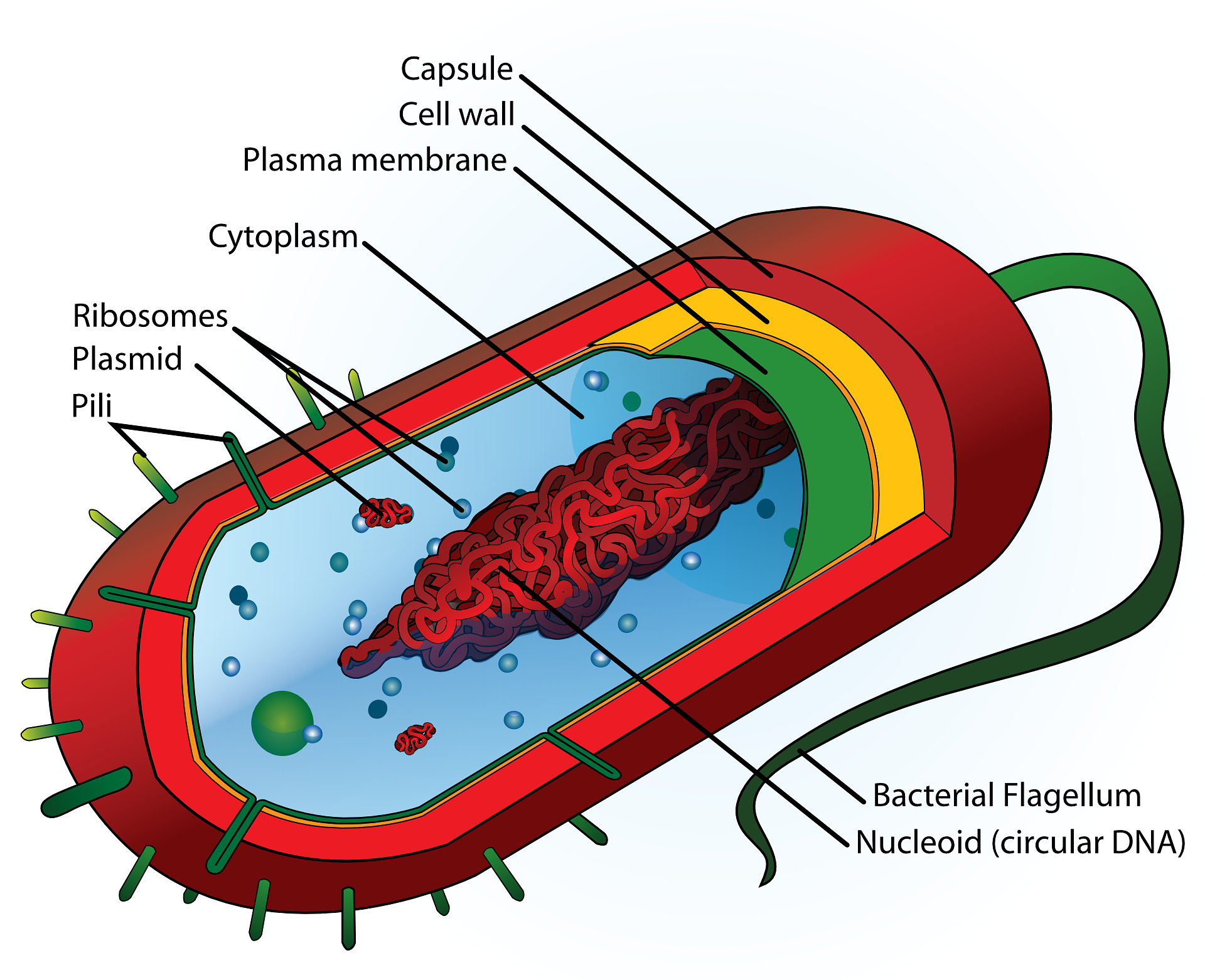
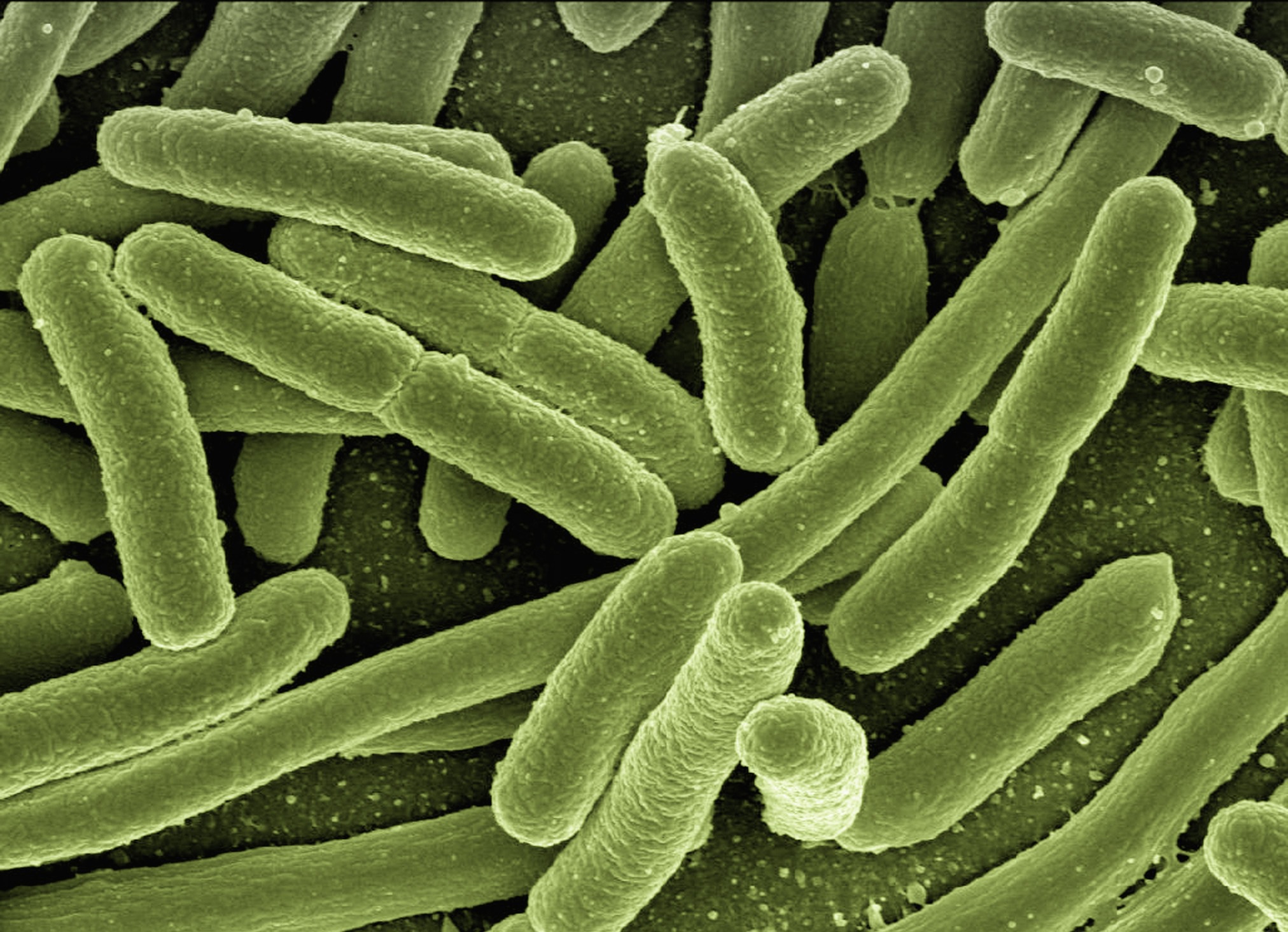
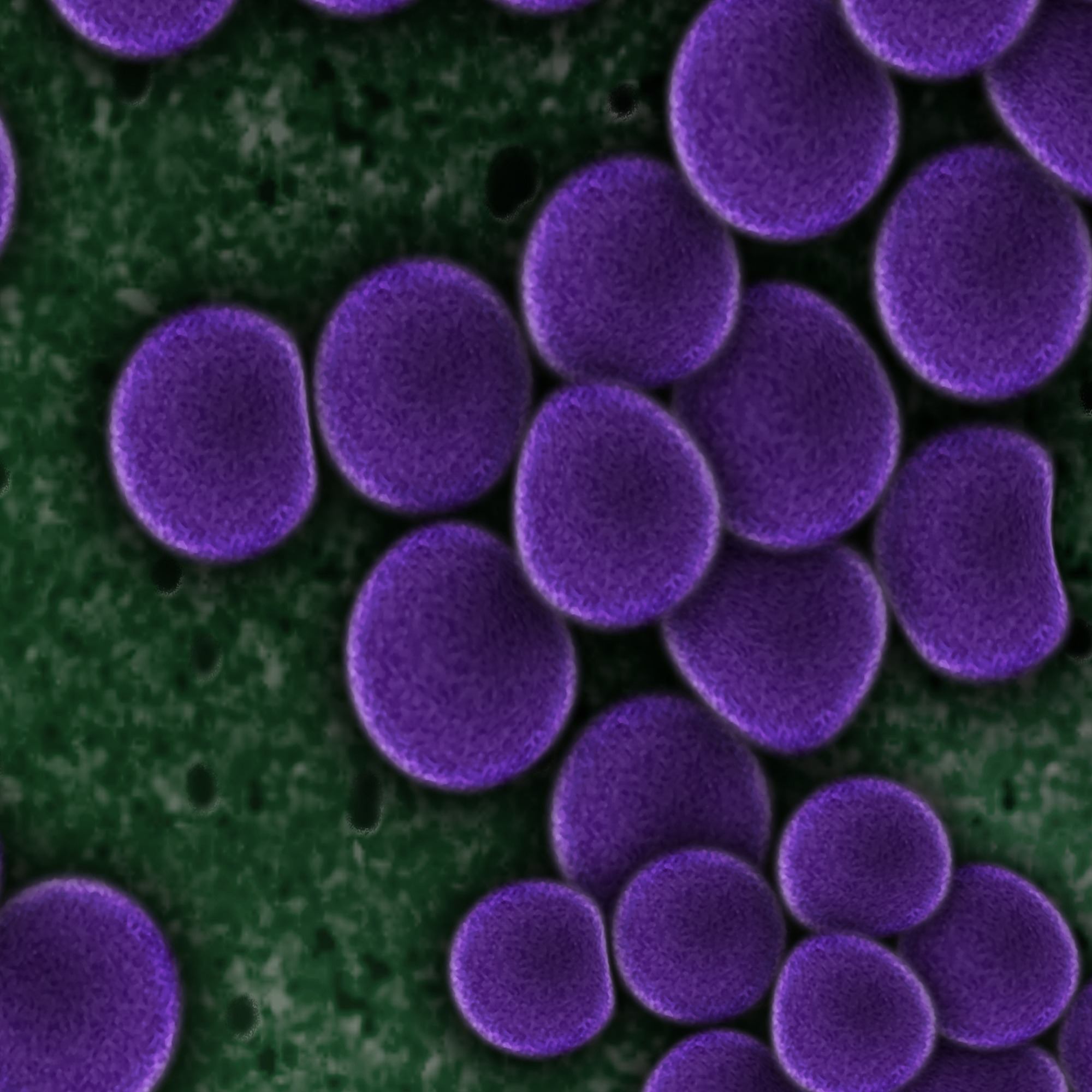
Common Types of Bacteria
| Bacterium | Common Sources | Possible Diseases |
|---|---|---|
| Escherichia coli | Raw vegetables, raw meat, contaminated food or water | Some strains can cause gastroenteritis, diarrhea, or even hemolytic uremic syndrome in severe cases |
| Staphylococcus aureus | Skin, nasal cavity, respiratory tract, hands, contaminated food or dairy products | Food poisoning, abscesses, cellulitis, sepsis, pneumonia, necrotizing fasciitis. Some strains are drug‑resistant (e.g., MRSA) |
| Pseudomonas aeruginosa | Moist environments, hospitals, wet instruments, wounds, drinking water | Deadly infections in immunocompromised individuals, pneumonia, UTIs, wound infections, sepsis |
| Streptococcus pneumoniae | Droplet transmission, upper respiratory tract | Pneumonia, meningitis, otitis media, sinusitis; may lead to sepsis or death, especially in infants, the elderly, or the immunocompromised |
| Legionella pneumophila | Aerosols or droplets from air conditioning systems, cooling towers, hot water systems, humidifiers, and respiratory equipment | Legionnaires' disease (severe pneumonia), Pontiac fever (flu‑like illness without pneumonia) |
2.Fungi: Thrive in Moist Environments
Fungi are eukaryotic organisms with more complex cell structures than bacteria, featuring a nucleus, membrane-bound organelles, and cell walls typically made of chitin. They exist in various forms, from visible multicellular organisms (like mold and mushrooms) to microscopic unicellular organisms (like yeast). Most fungi thrive in moist, warm, and dark environments.

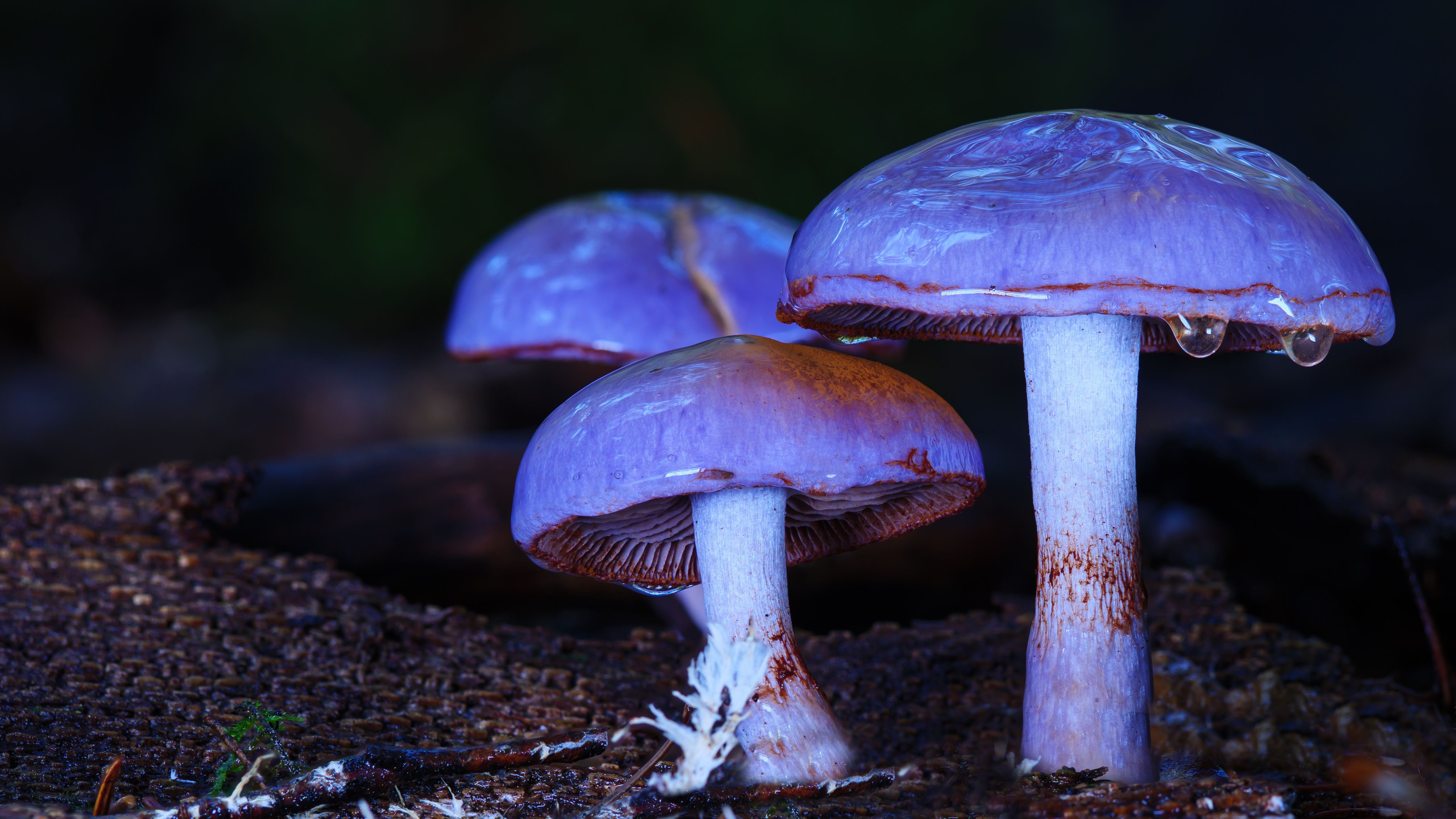
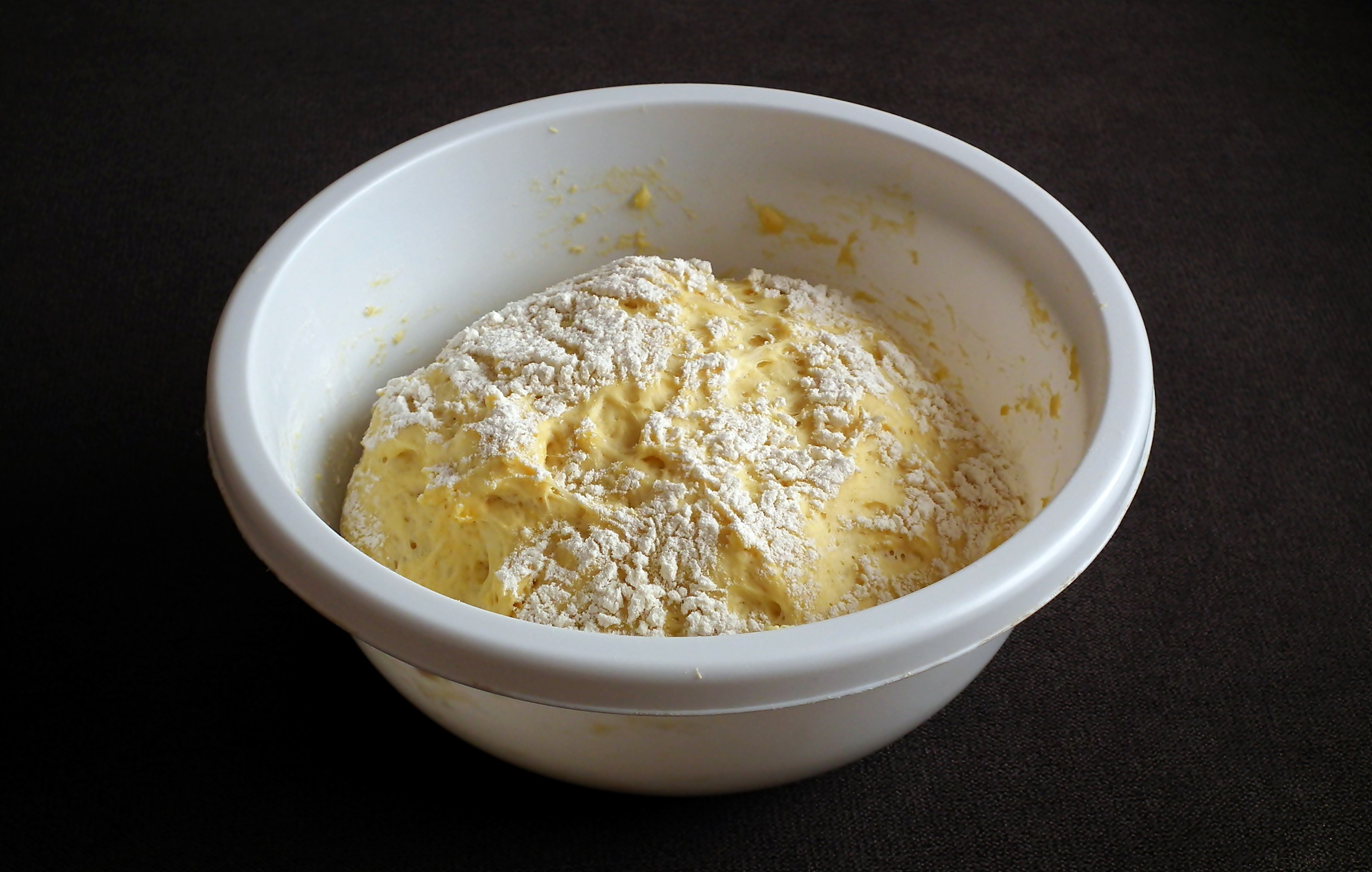
Common Types of Fungi
| Fungus | Common Sources | Possible Diseases |
|---|---|---|
| Candida albicans | Mouth, intestines, vagina | Thrush, vaginal yeast infections |
| Aspergillus brasilienis | Soil, air, decaying plants, pharmaceuticals | Dermatitis, mold pneumonia, allergies |
| Penicillium | Moldy food, damp areas | Allergic reactions, some strains used in medicine |
| Malassezia | Scalp, oily skin | Dandruff, seborrheic dermatitis |
| Trichophyton Epidermophyton Microsporum |
Soil, skin, hair, nails | Athlete’s foot, ringworm, nail fungus |
3. Viruses: Require Living Hosts to Reproduce
Viruses are non-cellular entities composed of genetic material (DNA or RNA) encased in a protein shell. They are not considered fully living organisms and must parasitize living cells to reproduce. Many infectious diseases are caused by viruses, and some spread very rapidly.
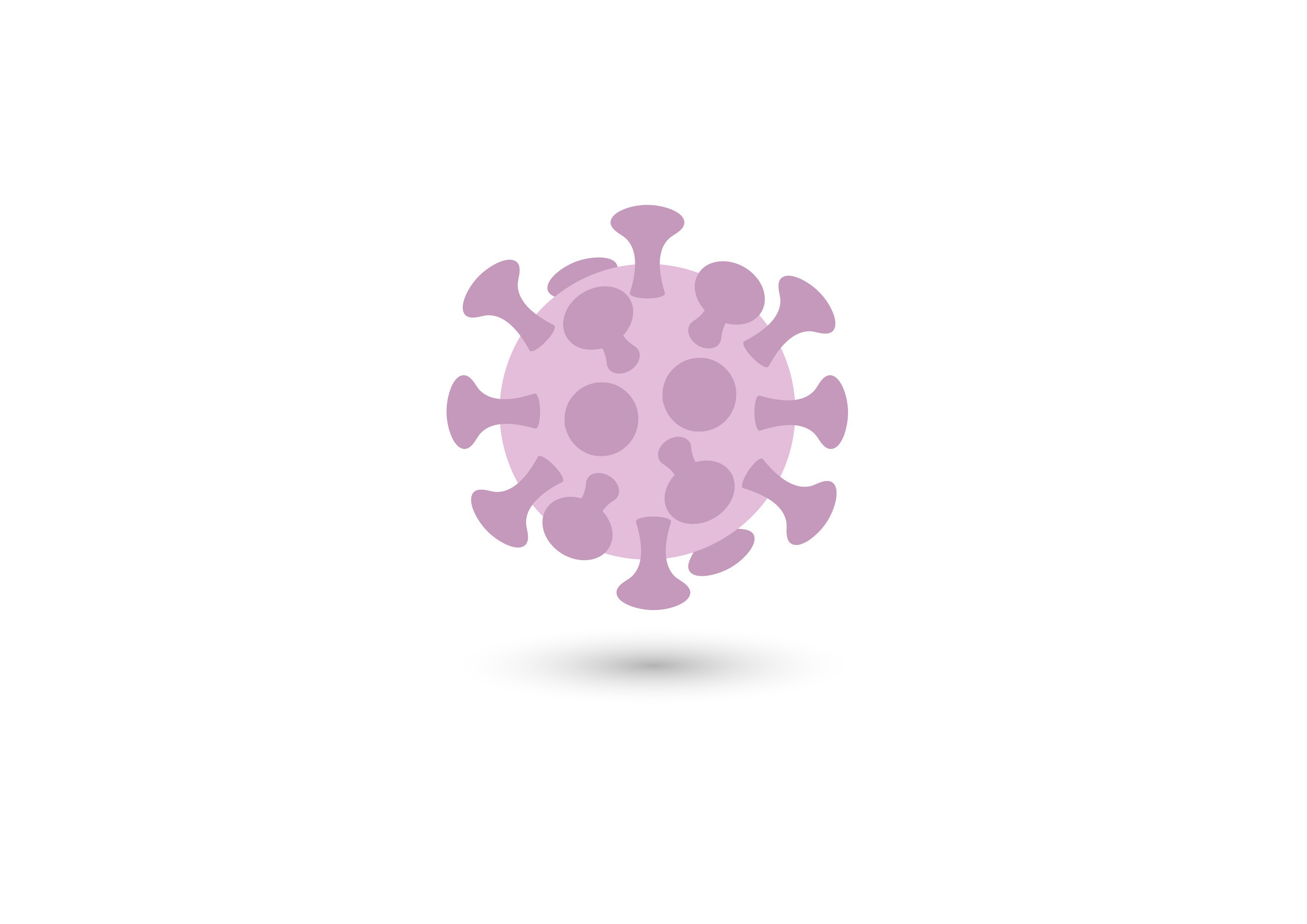
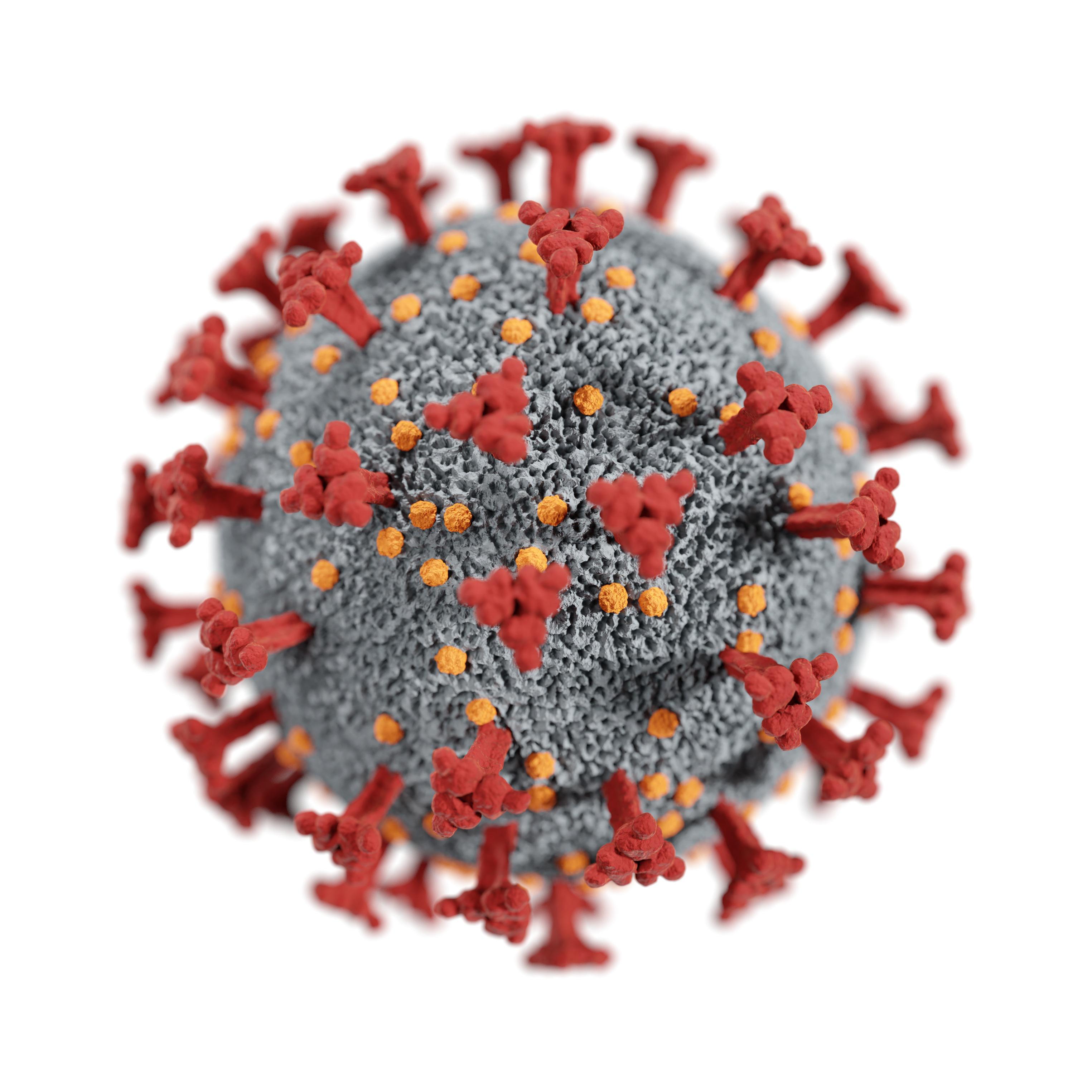
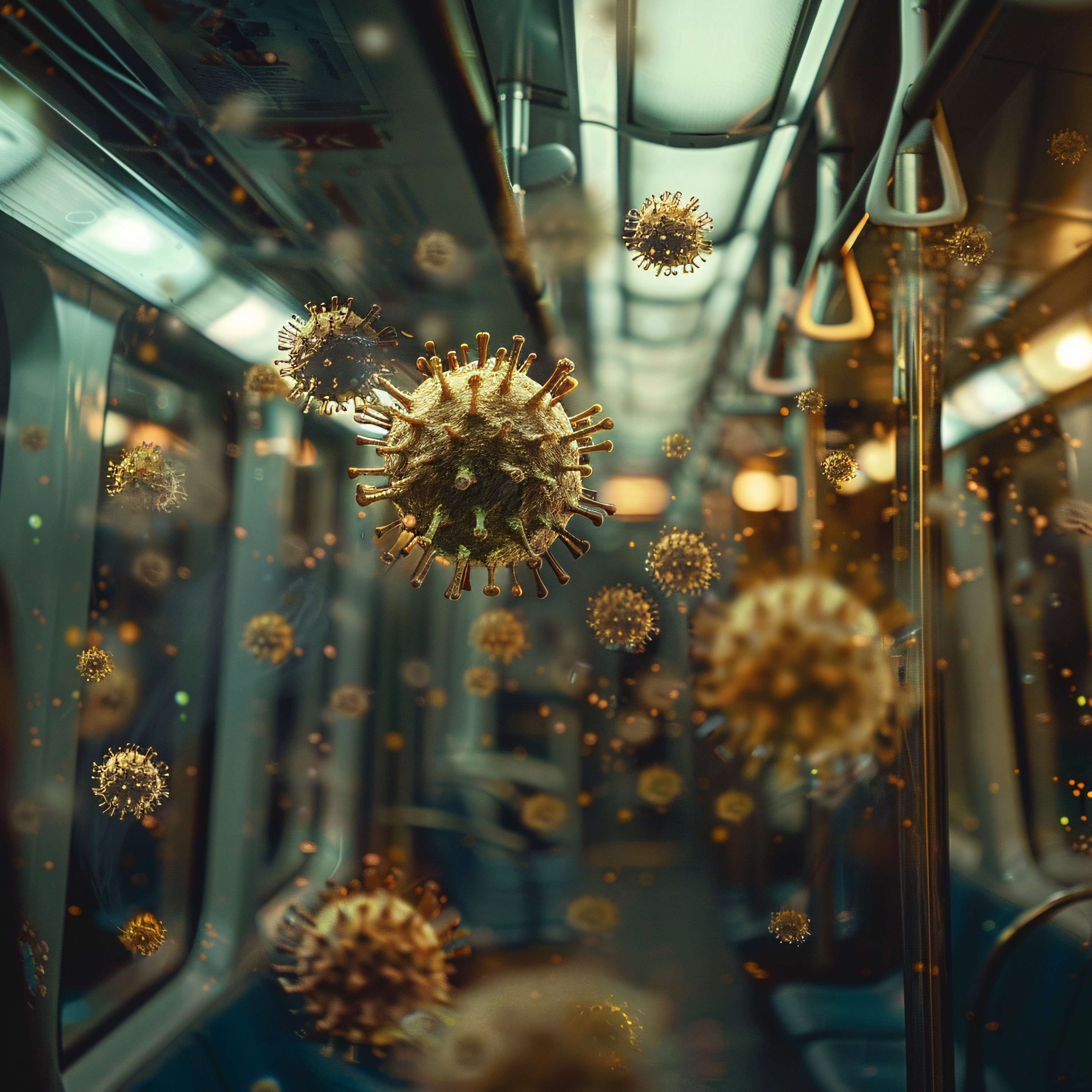
| Virus | Transmission | Possible Diseases |
|---|---|---|
| Influenza virus | Droplets, contact with contaminated surfaces | Flu symptoms, peak in fall and winter |
| Norwalk virus | Fecal‑oral route, contaminated food or water | Acute gastroenteritis |
| SARS‑CoV‑2 | Droplets, airborne, contact | COVID‑19 symptoms, long COVID |
| Dengue virus | Mosquitoes (Aedes species) | Dengue fever, severe dengue |
| Human Immunodeficiency Virus (HIV) | Blood, body fluids, mother‑to‑child | AIDS |
4. Key Points for Daily Protection
- Wash hands frequently: Especially after going outside, using the toilet, and before handling food
- Keep environments dry and ventilated: Prevent fungal growth
- Cook food thoroughly: Avoid bacterial and viral contamination
- Clean and disinfect regularly: Focus on kitchens, bathrooms, door handles, and phones
- Maintain personal hygiene: Avoid sharing personal items with sick individuals


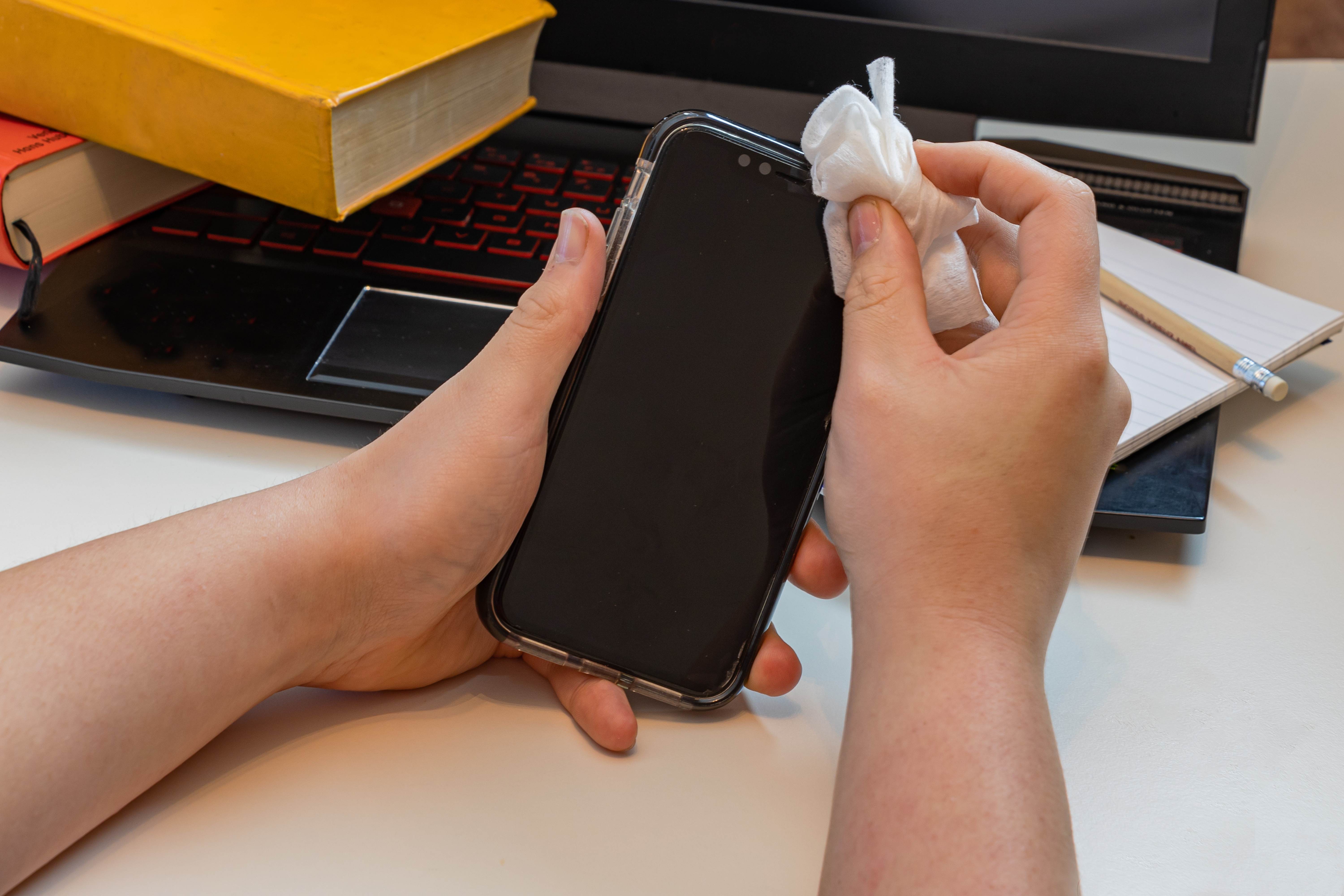
Although we can’t completely avoid contact with microorganisms, good hygiene and household cleanliness can effectively reduce the risk of infection. Facing bacteria, fungi, and viruses requires not fear, but proper knowledge and preventive actions.
Your health starts with understanding microorganisms.

